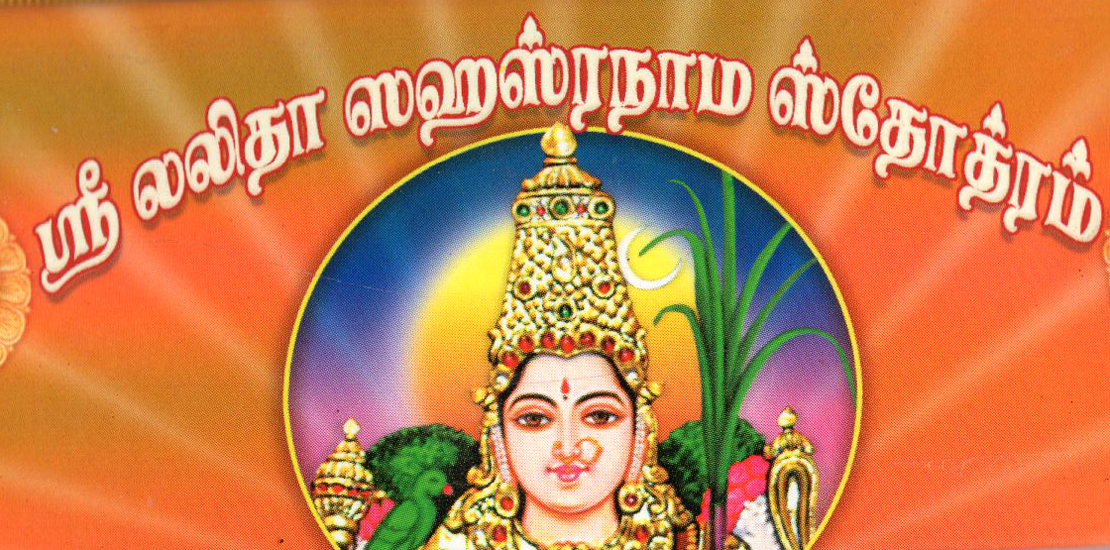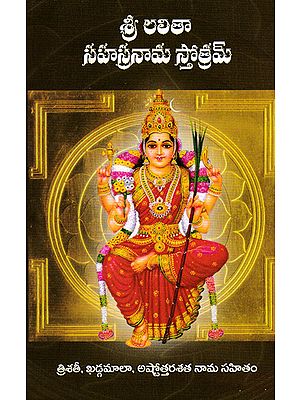

The other, in the Rudra Yamala as told to Parvati by Shiva, says that Sri Nagara is in the midst of an ocean of milk as an island called Ratnadvipa island formed out of precious gems.

The origins of the city can be traced to two different texts. The City of Sri Nagara Origins At the behest of name 57, the divine city of Sri Nagara is described in all its splendor. This divine couple continues to stay united throughout the Sahasranama the penultimate name is "sivasakti aikya rupini" who is the unification of Siva and Shakti.Īs per Hindu philosophy, it is understood that there is nothing beyond this union of Siva and Shakti, or the Absolute form, except the true goddess Lalita herself. Kameshvara and Kameshvari The next few names then continue to focus on the union between Lalita as Kameshvari, and Kameshwara. The next few mantras continue describing Lalita Devi as the ideal feminine form whose splendor is unmatched by any other celestial: with cheeks that shine like a mirror of Padmaraga 23, having beautiful white teeth resembling the shodasakshari mantra 25, and having a voice sweeter than the sound emanating from Kachchapi, the veena of Saraswati. The beginning of the Sahasranama describes Lalita in her female form, Kameshvari, along with her consort, Kameshvara. Physical Description The Lalita Sahasranama goes into great detail describing the physical aspect of the goddess. The names then go on to extoll Devi in all her achievements, powers, and forms. No known information is available on the origins of the third verse beginning with "dhyayet padmasanastham. The fourth, beginning with "sakumkuma-vilepanam" was probably composed by Adi Sankaracharya. The second verse beginning with "arunam karuna-tarangatakshim" is said to have been composed by Dattatreya. The first verse starts with "sinduraruna-vigraham" and is most likely is the verse composed by the eight Vaag Devis. The Dhyana is said before chanting the thousand names. It describes the yogi the person reciting the Sahasranama as meditating upon the form of Lalita and describes the many of the qualities of the goddess. Dhyana The start of the Lalita Sahasranama is characterized by the Dhyana, which are descriptive verses for visualization.

An alternative origin is that the Upanishad Bramham Mutt at Kanchipuram is where this initiation happened. The temple at Thirumeyachur, near Kumbakonam, is said to be where Agastya was initiated into this sahasranama. Agastya is one of the sages of yore and one of the stars of the constellation Saptarishi Ursa major.Īt the request of Agastya, Hayagriva is said to have taught him the thousand holiest names of Lalita. The sahasranama says that "One can worship Lalitha only if she wishes us to do so. Composition The Lalita Sahasranama is said to have been composed by the eight vaag devis Vasini, Kameshvari, Aruna, Vimala, Jayani, Modini, Sarveshvari, and Kaulini upon the command of the goddess Lalita herself. The Lalita Sahasranama does not use any such auxiliary conjunctions and is unique in being an enumeration of holy names that meets the metrical, poetical and mystic requirements of a sahasranama by their order throughout the text.Įtymologically, "Lalita" means "She Who Plays. Generally, sahasranamas use the artifice of adding words like tu, api, ca, and hi, which are conjunctions that do not necessarily add to the meaning of the name except in cases of interpretation. The Lalitha Saharanama is one of the only sahasranamas that does not repeat a single name. Therefore the Sahasranama can be chanted in stotra form, or namavali form.

Etymologically, "Lalita" means "She Who Plays. The Lalita Sahasranama does not use any such auxiliary conjunctions and is unique in being an enumeration of holy names that meets the metrical, poetical and mystic requirements of a sahasranama by their order throughout the text.


 0 kommentar(er)
0 kommentar(er)
